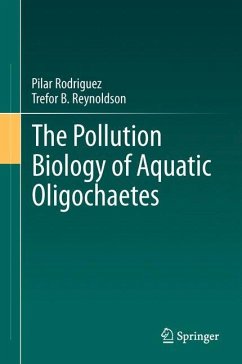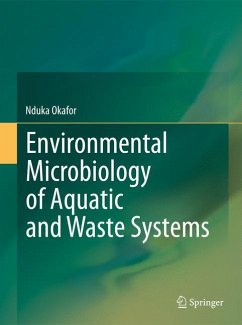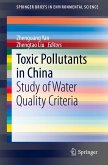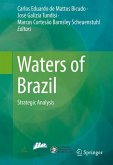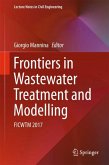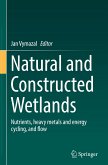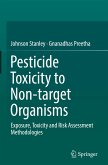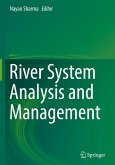In aquatic ecosystems, the oligochaetes are often a major component of the community. Their relevance in sediment quality assessment is largely related to their benthic and detritivorous life habit. In this book, we aim to present the state of the art of Pollution Biology using oligochaete worms in laboratory and field studies. Future research will require the combination of a variety of methodological approaches and the integration of the resulting information, avoiding fragmented and often conflicting visions of the relationships of the species with their environment. Current approaches to ecotoxicology and bioaccumulation using ecological risk assessment provide the opportunity to relate community studies with probability of effects. This book addresses three main themes: Ecological and Field Studies using the composition and structure of oligochaete communities, Toxicology and Laboratory Studies, and Bioaccumulation and Trophic Transfer Studies. Two appendices list values of toxicological parameters (LC50, EC50) and several bioaccumulation variables (bioaccumulation factors, biological half-life, toxicokinetic coefficients, and critical body residues) for different oligochaete species. Additional information is provided on Methodological Issues and on the Taxonomy of several oligochaete families, with information on the most recent taxonomic debates. Each chapter includes a critical view, based on the authors' experience, of a number of current issues which have been raised in the literature.

